5 Types of Fire Damage and What to Do Next
Once the fire is out, it’s time to assess and rebuild
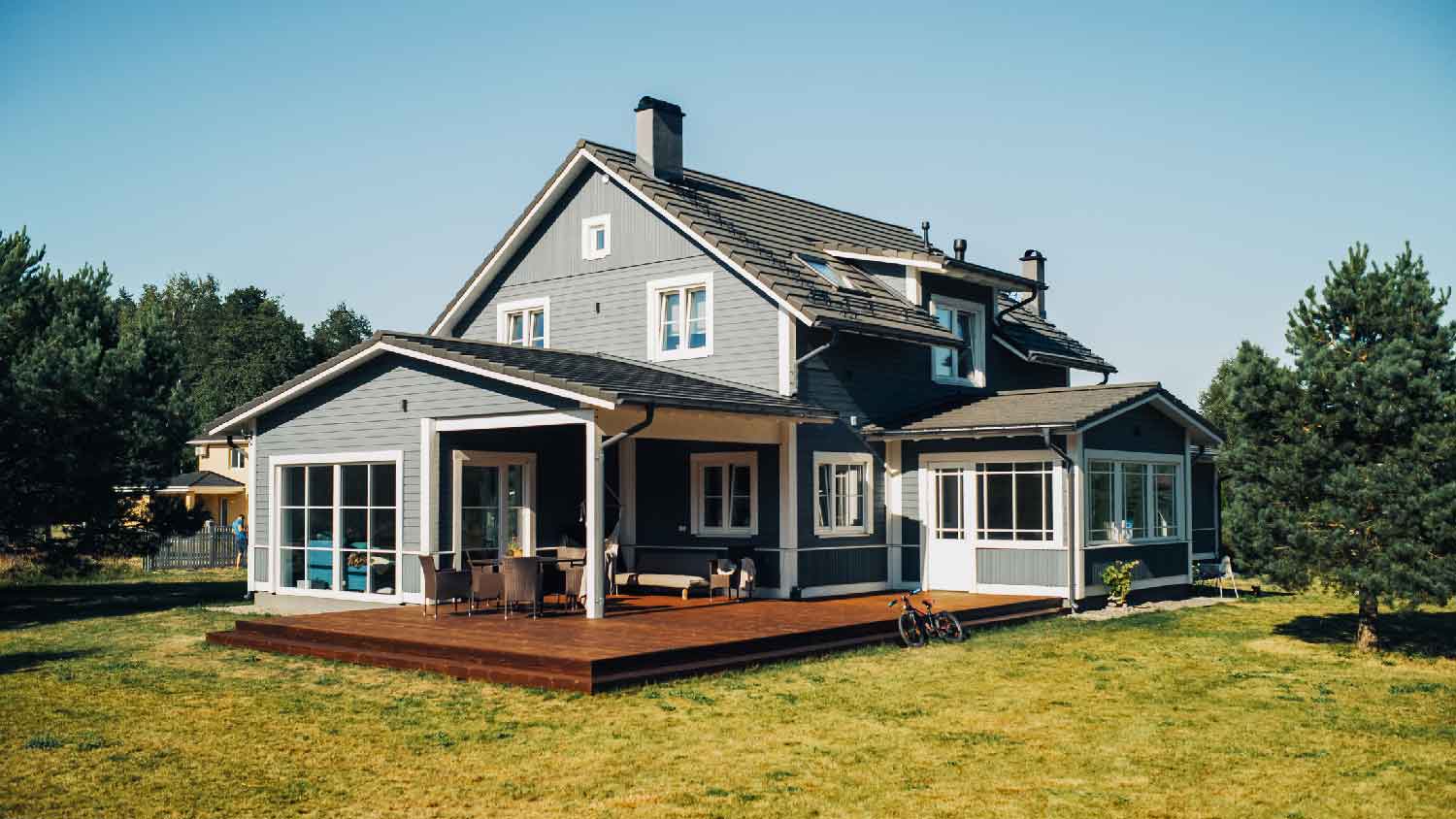

Dealing with the aftermath of a house fire is always stressful, but the amount of work and money you’ll need to put into the repairs depends on the type of fire damage you have. There are five types of fire damage to look out for: structural damage, smoke and soot damage, water and mold damage, chemical damage, and home system damage. Let’s discuss how dangerous each of these can be and what the restoration method looks like.
| Type of Fire Damage | Average Cost to Repair |
|---|---|
| Chemical | $500–$2,000 |
| Home system | $1,000–$20,000 |
| Smoke and soot | $200–$6,000 |
| Structural | $2,000–$50,000 |
| Water and mold | $1,000–$6,000 |
1. Structural Damage
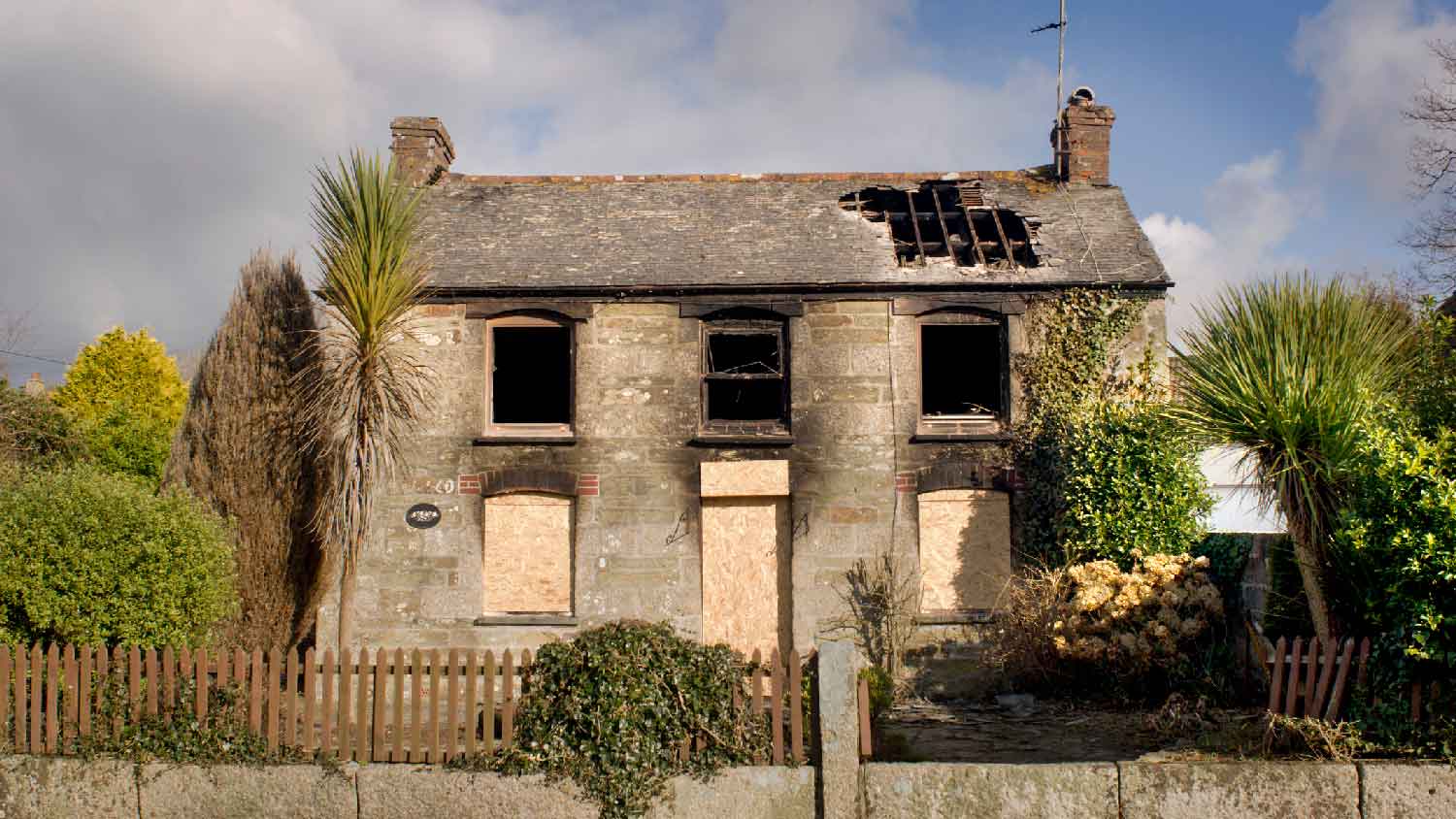
Structural damage is the worst type of fire damage to find in your home, and it’s the most expensive to repair. This occurs when the fire burns or compromises structural components responsible for holding up your home.
Signs of Structural Damage
Structural damage may be difficult to diagnose on your own after a fire, so it’s best to call in a structural engineer to take a look. If large portions of your walls are opened up, or you have access to an attic or basement, you may notice burned or charred floor joists, roofing rafters, supportive beams, or load-bearing walls.
Harm Level
Structural damage is among the most dangerous types of fire damage, as it can compromise the structural integrity of your entire home. A house with major structural damage is uninhabitable, so you’ll need to find alternative housing until the repairs are done.
Restoration Method
First, a structural engineer will assess different components of your home to see what needs repairs or replacement. They’ll then replace damaged beams, walls, rafters, or joists or reinforce them as they see fit. Since structural repairs often require opening up walls, this will often be one of the first things a fire damage restoration company tackles.
2. Smoke and Soot Damage
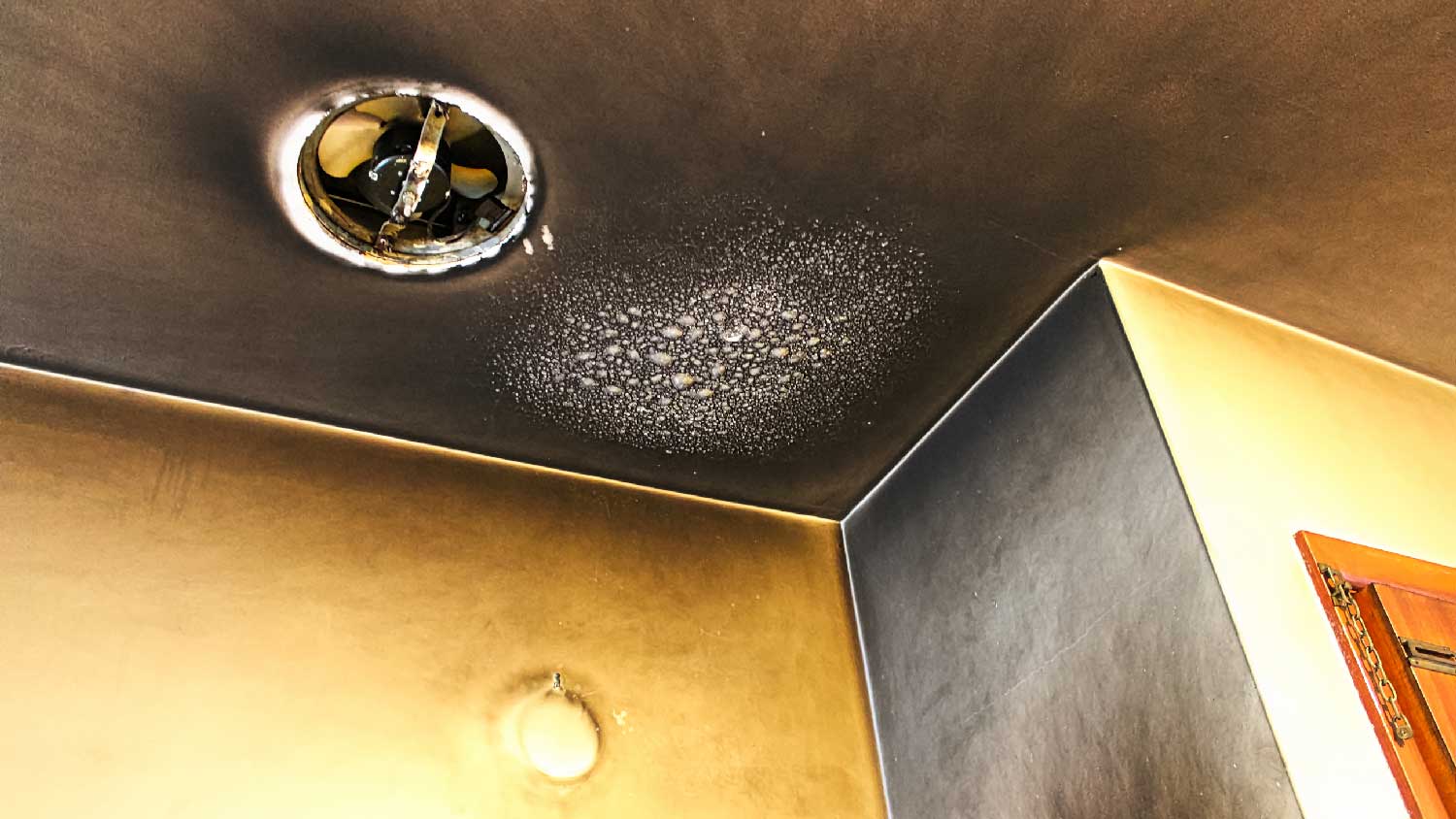
Smoke and soot damage is secondary fire damage that isn’t caused by the flames themselves. Smoke will soak into most materials in your home and leave persistent odors behind that require extensive cleaning. Prolonged exposure to smoke can also damage structural components. Soot is left behind when materials burn. Smoke remediation can be costly because it requires a lot of manual work and deep cleaning.
Signs of Smoke and Soot Damage
You may notice black marks on walls, floors, ceilings, and other materials throughout your home, which are clear signs of smoke damage. You’ll also notice a strong, smoky odor on affected items. Soot looks like black ash and will pile up on floors and other flat surfaces when materials partially combust.
Harm Level
Smoke and soot can both contain cancer-causing components, and they can exacerbate respiratory problems if left untreated. Smoke can also cause additional structural damage and create stubborn odors in your living space.
Restoration Method
Professionals will physically remove soot near the beginning of the fire damage restoration process. They’ll then scrub walls and other surfaces to remove smoke damage, and they may use ozone smoke removal to pull odors and impurities out of your building materials and belongings.
3. Water and Mold Damage
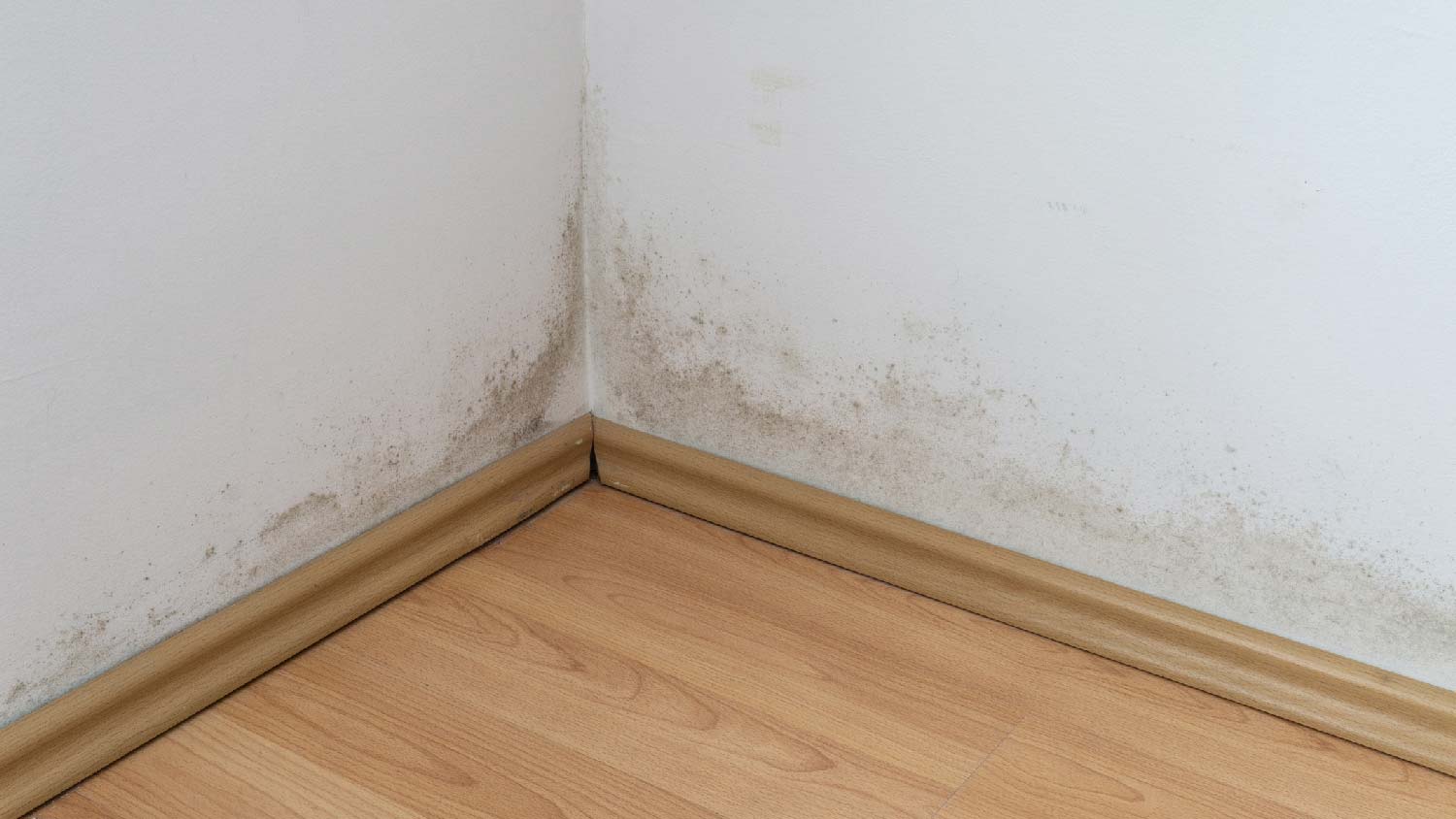
Water damage occurs during a fire, either when firefighters use large amounts of water to put out the fire or if the fire melts parts of the plumbing system and causes a major leak. Water can permanently damage permeable materials, like drywall, carpeting, and more. After water damage, mold growth can start in just 12 to 24 hours. Mold can eat away at building materials, and it also creates unsafe air that exacerbates allergy symptoms and makes respiratory issues worse.
Signs of Water and Mold Damage
Signs of water damage include water-logged carpeting, soggy drywall, drooping insulation, electrical system damage, warped or buckling flooring, and standing water. If you have mold growth, you’ll notice black splotches in areas affected by water, and you may notice musty odors in your living space.
Harm Level
Water damage can permanently destroy building materials and require complete replacement, and if left untreated, it can cause structural damage. Persistent moisture will lead to an increased risk of pest infestation and mold growth. Mold makes the air in your living space unsafe to breathe, and it can also damage building materials if you don’t treat it quickly.
Restoration Method
The water damage restoration process involves removing standing water, drying the area completely, and replacing damaged materials. Mold abatement involves drying the area, sanitizing affected surfaces, and setting up air scrubbers to remove airborne spores.
4. Chemical Damage
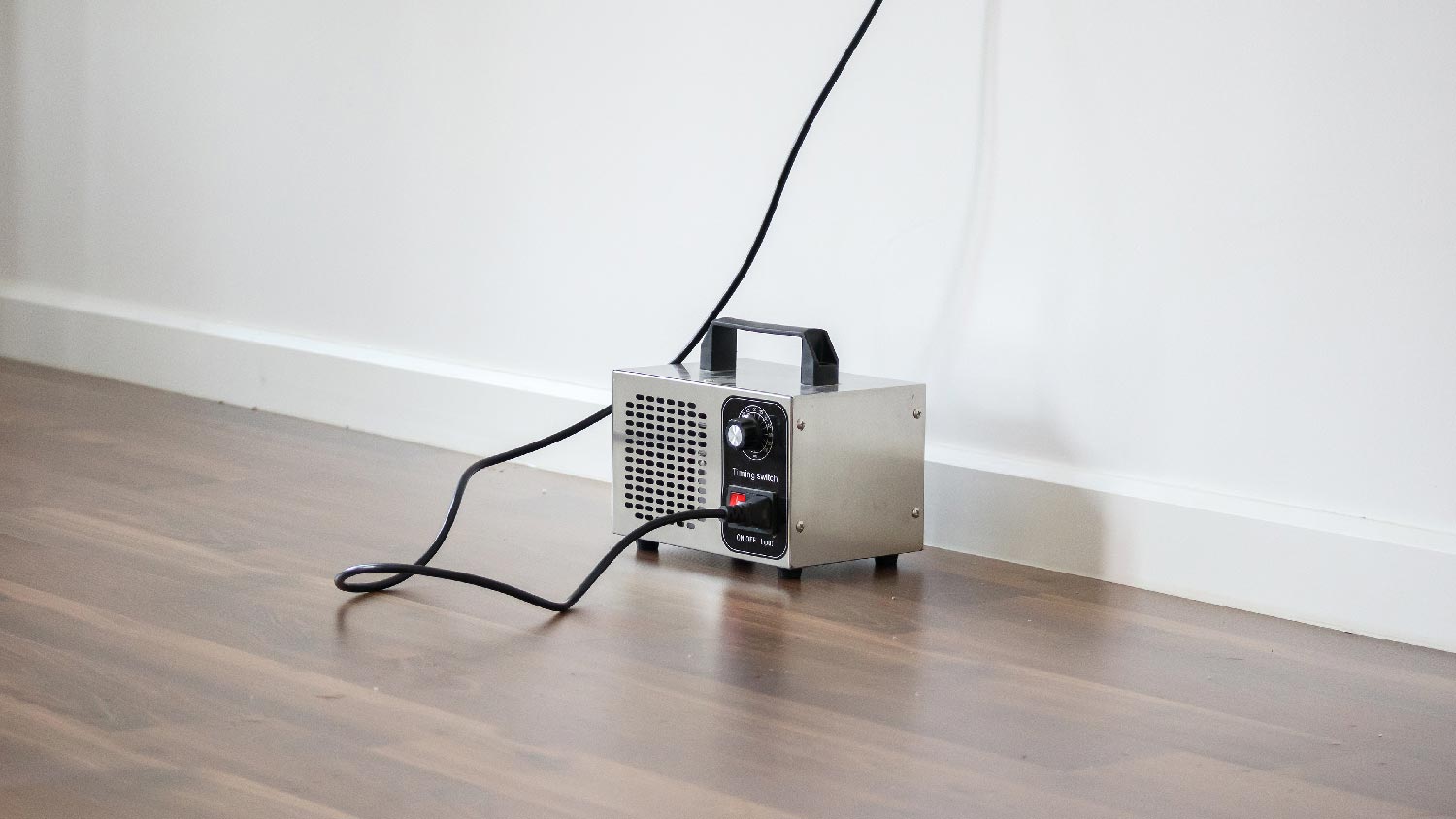
Chemical damage can occur if firefighters use chemical solutions to put out the fire rather than water. The decision is usually based on the materials burning and the cause of the fire damage.
Signs of Chemical Damage
Chemical damage is difficult to see, so you’d need to confirm what materials your firefighters used to put out your fire. You may, however, notice a chemical odor in your home.
Harm Level
Chemicals can soak into building materials, damaging them and leaving behind persistent odors. Some chemicals can be dangerous to inhale and cause itchiness and irritation if you touch them.
Restoration Method
Chemical damage often requires the replacement of absorbent building materials. Ozone treatment and deep cleaning can help to remove odors and chemical residue from surfaces.
5. Home System Damage

Finally, fires can easily damage and destroy home systems, including your electrical, plumbing, and HVAC systems. This normally occurs because the heat from the flames combusts or melts components, leading to permanent damage.
Signs of Home System Damage
One clear sign of home system damage is visible plumbing leaks. Plumbing leaks are most common after a fire if you have PEX pipes, as they combust more readily than copper. You can also check PVC drain lines for signs of melting. For electrical systems and HVAC systems, you may notice a loss of functionality, but you’ll more likely need to hire a fire damage professional to assess the components.
Harm Level
Plumbing leaks and HVAC system damage will be expensive to repair, but they’re unlikely to put you and your family at risk. Electrical system damage, including shorted circuits and melted wire coatings, can increase the risk of electrical shock and electrical fires.
Restoration Method
Unfortunately, the restoration method for fire damage to home systems will require complete replacement of all of the damaged materials. If the damage is extensive enough, this may require opening up walls and removing the existing systems.
How Do I Choose the Right Fire Remediation Company?
First and foremost, don’t do business or sign anything with companies that contact you after a house fire. While some of these companies might do a good job with the restoration, many of them are not reputable and prey on vulnerable homeowners to get business. Instead, seek out a local fire damage restoration company yourself and look at reviews online before hiring.
You should also contact the company you’re considering to ask about their process and confirm that they are licensed and insured. Get a quote from at least three companies before deciding which one provides the best value for the money.
Can I Repair Fire Damage Myself?
It’s possible to repair minor fire damage yourself and carry out a basic cleanup after a fire, so consider cleaning minor smoke damage or replacing damaged materials if the damage isn’t too extensive. For major house fires, though, it’s best to leave the job to a professional. Not only is it dangerous to work in a fire-damaged house, but it’s easy to make mistakes and miss damages that can cause problems down the road. Plus, your homeowner’s insurance will likely cover all or part of the fire damage restoration cost, meaning the out-of-pocket cost should be minimal.








.jpg?impolicy=leadImage)






